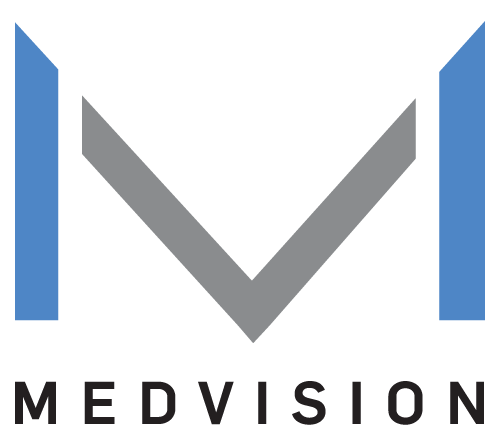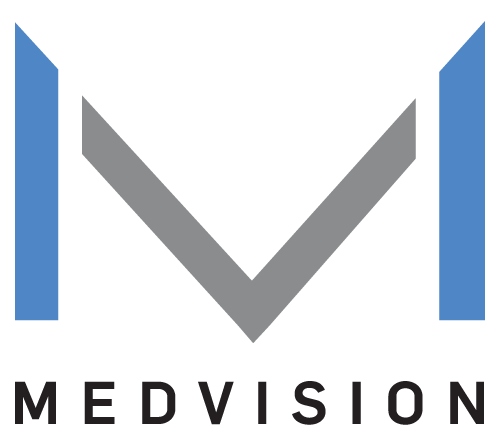What Self-Insured Organizations Really Need
What is a self-insured organization?
With the constant need for security and health-related services, your health insurance coverage plays a huge role in your life. But how exactly does it work? Generally, most people get their health benefits when they get a decent job. Which means that the employer is the one responsible for taking care of all their employees’ healthcare needs. However, employers or organizations usually rely on health insurance companies to take care of these things. In other words, your employer is simply the middleman between you and the benefit plan of an insurance company. And with this structure, your employer is basically paying the insurance company to cover your healthcare needs. And that’s generally how the whole system works out. However, what do you think would happen if your employer wouldn’t need the services of insurance companies? Well, that’s where self-insured organizations come into play.
A self-insured organization is basically a company or an employer that doesn’t rely on the service of health insurance companies. In other words, these types of organizations opt to handle all the healthcare needs of their employees in-house. But wouldn’t that be too much for an organization? After all, benefit coverage and health plans aren’t exactly their main business format, isn’t it? Well, that is definitely correct. However, there are actually some large companies and organizations that can handle these processes within itself. In fact, you could even say that larger companies can reduce costs when they don’t need to hire insurance companies anymore. In contrast, smaller companies tend to spend more because of the fact that they can’t provide their employee benefits by themselves. However, the rapid advancements in technology is slowly shifting the playing field to their favor.
The Rising Trend of Smaller Companies and Self-Insurance Schemes
Particularly in healthcare-related industries, the accessibility and advancements in technology is creating a huge impact. For example, in some cases, having better equipment also means increasing healthcare costs. On the other hand, the accessibility of more diverse software is also creating opportunities for smaller organizations. In fact, these current changes are pushing smaller organizations to practice self-insurance schemes. An article from the New York Times shows that organizations with 300 to 400 employees are now the most dominant practitioners of self-insurance schemes. In other words, smaller organizations are now looking to reduce costs by taking care of healthcare expenses themselves. So if your organization is looking to reduce costs, maybe a self-insurance scheme is just what you need.
Self-Insured Organizations and Healthcare Processes
In America, we can easily say that self-insurance focuses primarily on organizations that provide benefits for its employees. Additionally, the benefits they provide can range from disability benefits to health benefits. It all really depends on the needs and agreement between the employer and its employees. However, the real question is if small organizations can really handle all their healthcare-related processes. After all, it takes a lot of resources to create benefit plans, process claims, and more. Additionally, this process also puts the employer organization at full risk of paying all the claims of their employees. So is this risk and responsibilities worth it for any self-insured organization? And are small organizations really capable of taking care of all these processes? The answer to these questions rely heavily on the software that they use or the third-party organization that they rely on.
The Need for a Comprehensive Management Software
Today, running a business means relying on computers to efficiently store and process your business data. In fact, a World Economic article predicts that most businesses will be using computers to store and process around 62 percent of their data by 2022. In other words, organizations will gradually rely on advanced software to process more than half of their business data. With all things considered, self-insured organizations are no exception to this trend. In fact, smaller companies need more advanced and affordable software to handle their self-insurance processes. Luckily, the advancements in software development are making management applications more affordable and accessible. Which means that self-insured organizations have the potential to process their claims in-house as long as they have the right tools.
There are a lot of available software that cater to specialized processes like claims adjudication, provider contracting, data analytics, and more. However, small organizations might end up spending more when they opt to purchase multiple software for their needs. Luckily, comprehensive management software like QuickCap 7 are now available in the market. Like QuickCap 7, these types of software are designed to cater to almost all the needs of healthcare-related processes. Which means that you can easily transact EDI files, adjudicate claims, set up your benefit plans, and more with just one system. Additionally, having one system for your processes means that your workflow can move smoother and faster. After all, it is undeniably convenient to have all your data and tools in one management software. Given these points, self-insured organizations have the chance to gain the upper hand as long as they are equipped with the right technology.
The Need for Third-Party Administrators
Third-party administrators (TPA) provide claims adjudication services to self-insured companies who need help. In fact, TPAs can even offer a lot more services depending on the arrangements that they have with their clients. But for the most part, the main role of a TPA is to take care of all the healthcare-related processes of an organization. Although, you should take note that the TPA is not at risk of paying for all the claims. After all, they only provide processing services, and the self-insured organization is still responsible for all the necessary payments. The advantages of relying on a TPA is that you won’t have to worry about all the time and work it takes to process all these claims. In fact, self-insured organizations may even opt to let a TPA take care of most of their healthcare-related operations. In other words, the TPA does all the work that a self-insured organization cannot handle. However, TPAs still need the best software available to ensure that their daily operations are as smooth and efficient as possible. That’s why TPAs can still benefit a lot when they upgrade to a comprehensive management software, like QuickCap 7. After all, nothing beats having all the data storage, processing, configurations, transactions, and more in one convenient system.
QuickCap 7’s Comprehensive Management Features
QuickCap 7 is an advanced software that has all the tools you need to set up your provider contracts, benefit plans, and claims processing workflow. In fact, QuickCap 7 has a lot more features such as electronic data interchange (EDI) services, authorization and referral processing, and data report features. Additionally, the best part about our software is the level of customization you can do to make it the ideal software for your company. So whether you’re a self-insured organization or a third-party administrator (TPA), QuickCap 7 has all the tools you need to succeed. If you want to simplify your workflow, accelerate your processes, and improve your financial outcomes.











